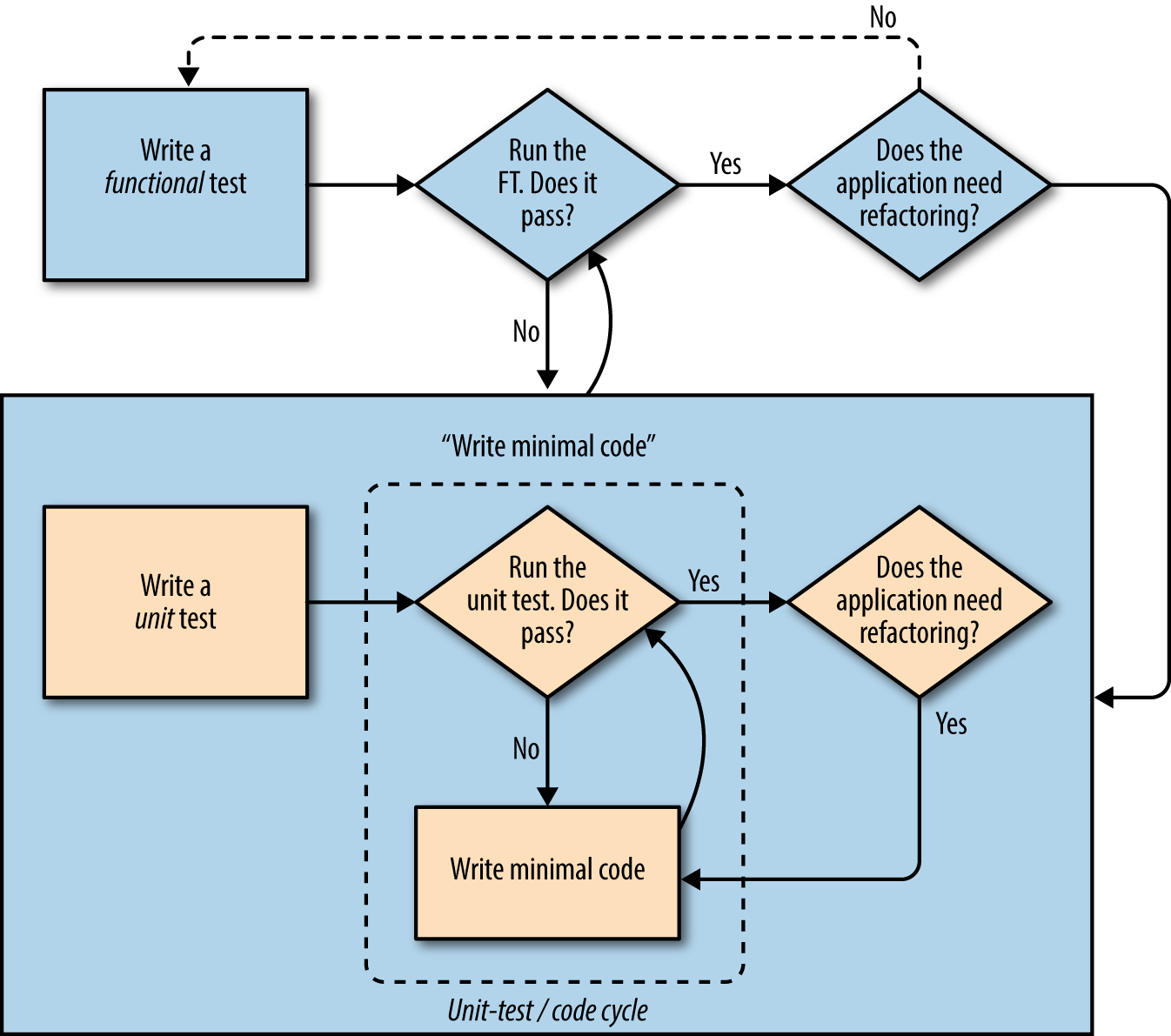For my project, I made a website to manage SSL certificates. In my current job, finding out which expiring certificates are hosted on which load balancers is one of the main problems I have. The repository for this project can be found here.
To do this, I first came up with a sketch for the sign in and certificates page on Balsamiq. You can see the first of these for sign in below.

The second of these was for the certificates page.

From these pages, I then wrote up the feature test for the login page. From here, I then I ran this test, wrote the appropriate controller test to move this feature test forward.
At this point, I needed to start creating the model. Before doing this, I created an entity relationship diagram that you can see below.

I followed the ERD with writing model tests and writing migrations to get the controller test passing. Once the functional test passed, I then worked on the styling for the completed pages.
I learnt this methodology from Obey The Testing Goat. You can see an overview of this method in the below diagram.

Depending on the tests, they sometimes require controller tests in between the feature tests and unit (model) tests. One problem that I ran into using functional/feature tests while testing variations in my device manager project is that I ended up having prolonged running tests. They took over 30 seconds to run, which gave a slow feedback loop. I got around this at the time to a certain extent by only running the tests that I was working on at the time. This time, I ended up using feature tests for the happy path, and then I used controller tests for testing different invalid inputs. These controller tests helped speed up my test runs to under 3 seconds, with a maximum of 6 seconds for the tests to load. The disadvantage of this approach was less robust testing of unhappy paths.
Near the end, I went through the different requirements, and I noticed a few different missing pieces. This specification check is where I added the comments section and the new and show nested resources for load balancer certificates.
For a project such as this, where meeting the requirements of demonstrating what I had learnt was the primary objective, it may have been better to set up a board on Trello with the requirements beforehand and work through the different needs. A requirements-driven development like this, however, would have clashed with my secondary condition that this project is useful for me at work. The main advantage of a design-driven development is a focus on the user experience. Perhaps starting with the Trello board, and putting the sketches onto the Trello board would be an improvement.